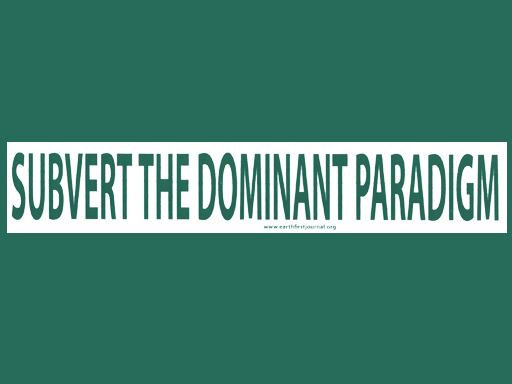
Recognize situations when you are unable to express your opinion or are taken advantage of or equally, when you have been aggressive.Have you identified which style you tend to lean to? The healthiest communications style everyone aspires for and generally the most underused is Assertiveness.Their traditional roles of being peacekeepers and of keeping harmony in their environment leads to passive behavior that in turns results in missed opportunities or being overlooked. Women have to deal with societal perceptions of being too pushy or of being a pushover. Daniel Ames, a professor at Columbia Business School says, “The range of latitude for women is smaller for what they can get away with”.
 Assertiveness is particularly a difficult issue to address for working women.
Assertiveness is particularly a difficult issue to address for working women.  Tips for being assertive in the workplace. Then, they are also those who trying to be assertive accidentally veer off into “aggressive” territory who are overlooked as not being a team player.So, what are the parameters of assertive behavior one should look at? The best answer I found was according to Caroline Miller, author of Creating Your Best life who says that the 3 keys to assertive behavior is “ knowing what you want, believing you have a right to it, and finding the courage to express it.” They are not pushovers as they recognize the limits to which they can bend.If we look around in our workplace, there are those who are overlooked and viewed as uncertain, indecisive and weak because of their ‘passive communication’. Assertive people communicate their opinions without apology and in turn allow others their say. Being assertive is communicating your perspective and opinions, while being respectful of others. Assertive – Assertiveness is said to be a balance between passive and aggressive. Uncomfortable with conflict or confrontation of any sort, people exhibiting this behavior often resort to manipulation, sarcasm and playing games with others to exert power or subvert authority. The behavior exhibits a mixture of agreement and resistance where you are easygoing and cooperative on the outside and resenting the authority on the inside. Passive- Aggressive: This is a style of communication often seen in corporate situations, when one feels powerless. They use criticism, intimidation, and humiliation to dominate others. Aggressive: An aggressive communicator comes across as a self-righteous bully, dismissive of others opinions and feelings. They tend to think of themselves as a peacekeeper but in reality send out a message that their feelings and opinions are not as important as the others. They apologize a lot and often are taken advantage of. Passive: A passive communicator goes out of their way to avoid conflict and tend to put their needs last. There are 4 distinct patterns in communication styles:
Tips for being assertive in the workplace. Then, they are also those who trying to be assertive accidentally veer off into “aggressive” territory who are overlooked as not being a team player.So, what are the parameters of assertive behavior one should look at? The best answer I found was according to Caroline Miller, author of Creating Your Best life who says that the 3 keys to assertive behavior is “ knowing what you want, believing you have a right to it, and finding the courage to express it.” They are not pushovers as they recognize the limits to which they can bend.If we look around in our workplace, there are those who are overlooked and viewed as uncertain, indecisive and weak because of their ‘passive communication’. Assertive people communicate their opinions without apology and in turn allow others their say. Being assertive is communicating your perspective and opinions, while being respectful of others. Assertive – Assertiveness is said to be a balance between passive and aggressive. Uncomfortable with conflict or confrontation of any sort, people exhibiting this behavior often resort to manipulation, sarcasm and playing games with others to exert power or subvert authority. The behavior exhibits a mixture of agreement and resistance where you are easygoing and cooperative on the outside and resenting the authority on the inside. Passive- Aggressive: This is a style of communication often seen in corporate situations, when one feels powerless. They use criticism, intimidation, and humiliation to dominate others. Aggressive: An aggressive communicator comes across as a self-righteous bully, dismissive of others opinions and feelings. They tend to think of themselves as a peacekeeper but in reality send out a message that their feelings and opinions are not as important as the others. They apologize a lot and often are taken advantage of. Passive: A passive communicator goes out of their way to avoid conflict and tend to put their needs last. There are 4 distinct patterns in communication styles: 
We use different communication styles with different people and in different situations, especially authority figures. To understand this phenomenon better, I am going to take you through the kinds of communication styles regularly used. This keeps getting worse as you climb up the ranks and do not find solutions earlier in your career.

This is because they are unable to express themselves with clarity and confidence. Everyone wants to feel acknowledged and empowered in his or her workplace, but research states most people feel powerless and subjugated. Increasing your assertiveness can help you both personally and professionally.īeing Assertive in the workplace is a frequently misunderstood concept as there is many of us who confuse assertiveness with being aggressive and domineering. It is important for a person to be assertive, so that he or she may express his thoughts and feelings effectively. Assertiveness implies acting in a confident manner. In the field of psychology and psychotherapy, it is a learnable skill and mode of communication. Assertiveness is the quality of being self-assured and confident without being aggressive.








 0 kommentar(er)
0 kommentar(er)
